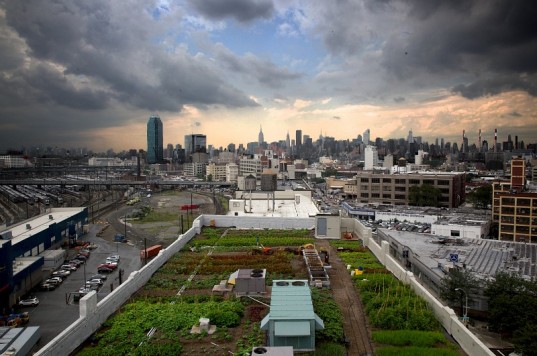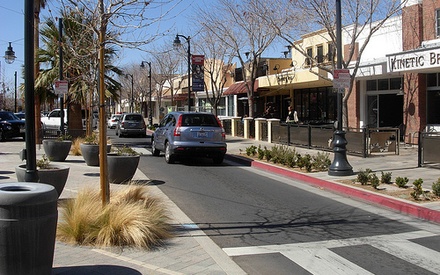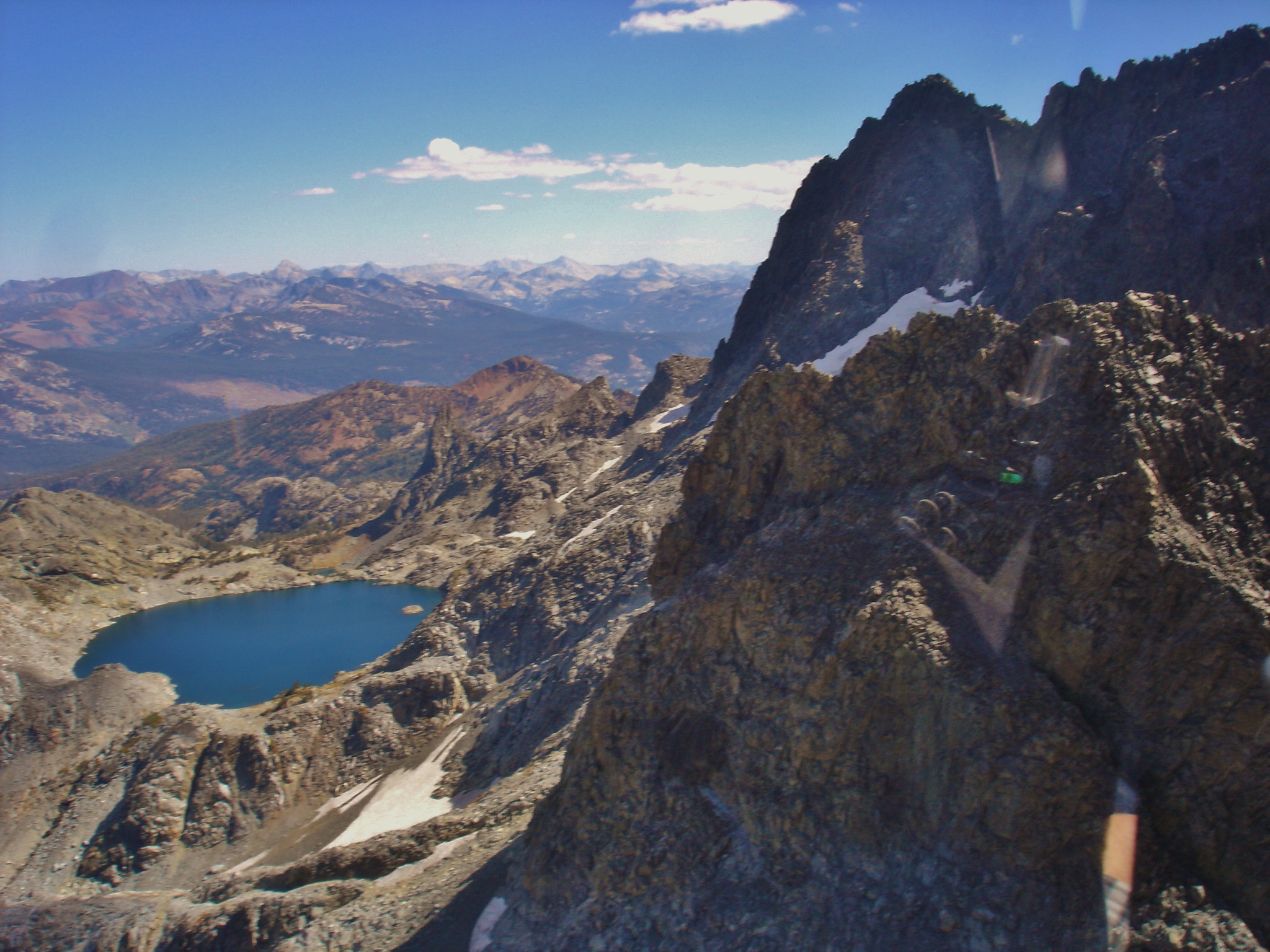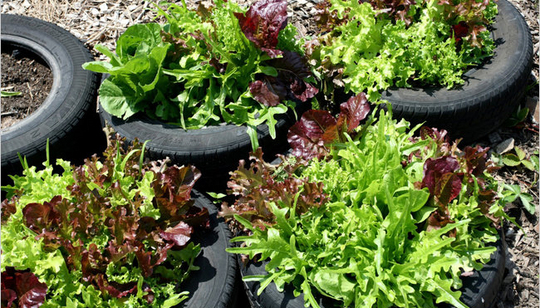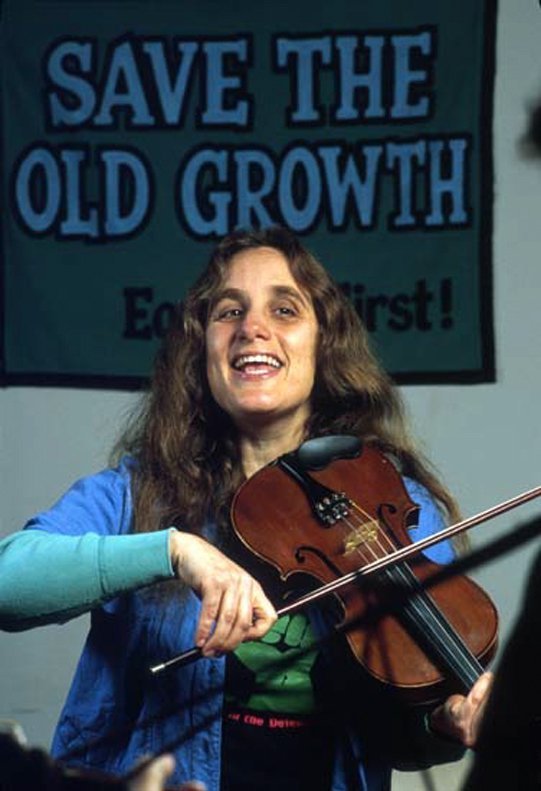The world’s population is expected to rise to 10 billion by 2050. Yet with 80 per cent of the planet’s usable farmland already cultivated, the effects of climate change wreaking havoc across large areas of existing farmland, and more than 10 per cent of humanity going to bed hungry every night, growing enough sustenance for three billion new mouths is not going to be easy.
Recent Posts
Death By Pellet – By Jerry Collamer
There are 1,400 tons of these little monsters, cooling in San Onofre Nuke Plant’s leaky, creaky, earthquake prone, tsunami threatened, God knows what else could go wrong at America’s Worst Nuclear Workplace Environment, right here in Southern Cal.
US EPA: Awards for Smart Growth Sustainability-Minded Projects
The U.S. EPA recognized seven communities with its 2012 National Award for Smart Growth Achievement. Specific initiatives include improving transportation choices, developing green, energy-efficient buildings and communities, and providing community members with access to job training, health and wellness education, and other services.
Wilderness of Minarets: On the Coyote Trail of Muir and Adams
I am on the trail of John Muir, intending to walk into the wild high country, his “range of light,” inspired by the vision of Ansel Adams who once said: “Life is your art. An open, aware heart is your camera. A oneness with your world is your film. Your bright eyes and easy smile is your museum.”
Urban Ecology: Promoting Life in the Concrete Jungle
In the growing field of urban ecology, scientists study cities as if they were ecosystems. With cities launching efforts to slash carbon emissions, reduce water use and improve habitats, scientists are beginning to evaluate how such policies affect the overall health of the urban environment.
Who Bombed Earth First! Organizer Judi Bari?
Oscar-entry documentary chronicles the unsolved mystery of the car bombing of Old-Growth Forests Activists and their later arrest by the FBI for their own injuries. The film also illustrates the Redwood Summer movement to save the Headwaters Forest of Northern California and Judi Bari’s victorious 1st Amendment lawsuit.
Robert Haw: Taking Steps Against Climate Change
It’s like a Gary Larson cartoon. Fires, floods, and droughts keep coming and we laugh them off, though the joke might be on us. We must all make positive personal and political contributions to solving the climate crisis before it’s too late.

